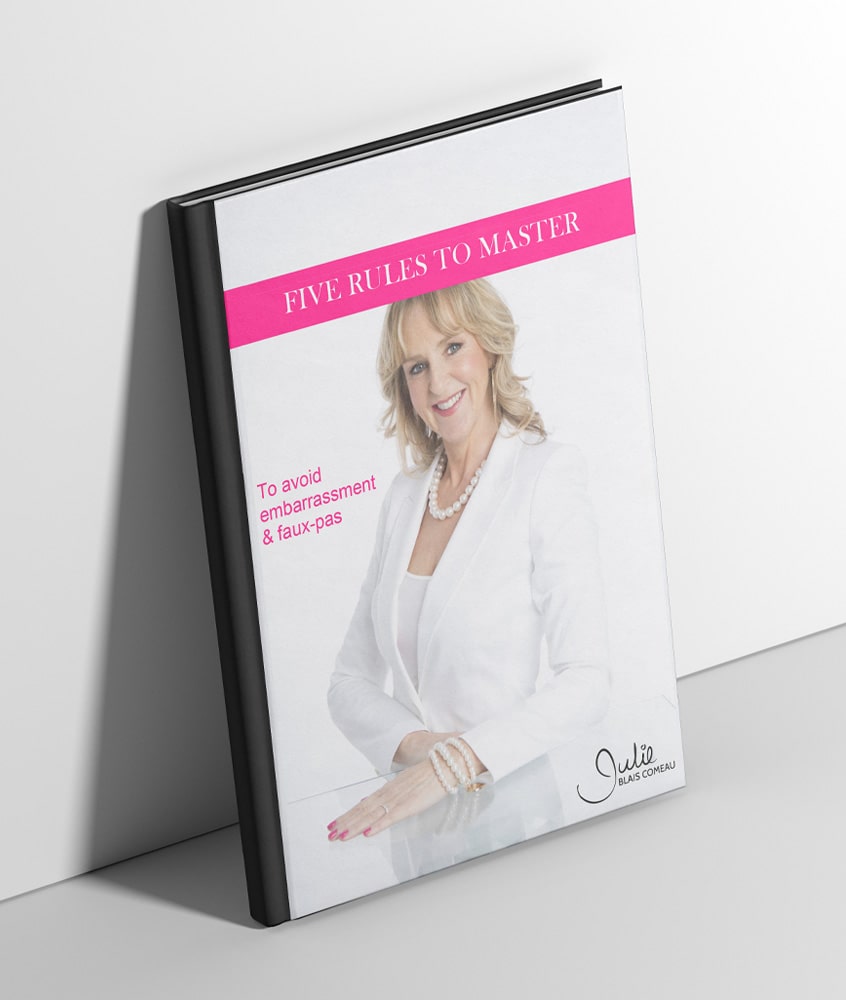
Everyone’s talking about it!
No, not President Trump’s latest comment, but the elevator pitch. It is the trendy method of choice to introduce and sell, YOU.
As its’ name implies it, this sales pitch should take as long as, or more appropriately as short as, an elevator ride. It’s quick!
You are on the ground floor or on your company’s floor. You press the button. Bing! The doors open. And surprise! The customer, the partner, the investor of your dreams or big boss, appears.
Are you ready to sell, promote and pitch?
***
From the time that it takes to go up or down to his destination, can you highlight the value of your services, the competitive edge of your product, your business model’s distinctions or the reasons why you deserve a promotion?
An elevator pitch is short and succinct. It lasts 30 to 45 seconds and it clearly shows why the person in the elevator must do business with you.
A good elevator pitch specifically states what you do, how you do it, and why you do it.
A good elevator pitch must be easy to understand. This is especially true when you use it with people outside of your field or profession, like when you participate in your Chamber of Commerce’s networking cocktail. Forget about creative catchy words and melodious metaphors. Your grandmother should understand what you are talking about.
Straight to the point, as you travel up or down, it must excite, enthuse or at the very least pique the curiosity of your conveyor companion. At minimum, before the elevator stops on the chosen floor of your potential dream maker, he should hand you his business card.
Stressed? Is your blood pressure rising? Relax. You are not in the cabin, yet. This post was written to help you.
To be perfect, an elevator pitch needs to be prepared and must be personalized per the other rider’s perspective. A good elevator pitch fits its’ audience.
Think. Imagine. Visualize the scene. How can you help the one looking straight ahead at the now closed elevator doors?
Do your homework. What does he need? What’s he missing? Which one of his problems can you solve? Why should he choose you?
Here is a template to help you prepare your elevator pitch.
Introduce yourself. This step seems elementary, but with the surprise of realizing that it is him in the elevator, many forgot this basic courtesy. Who you are and whom you represent combined, are your introduction. Take your time. Articulate. Observe the other’s body language to validate whether he understands you, or not.
List the words, verbs are best, that describe what you do and how you can help. Use action words that show how you can meet his needs. If you have one, this is where you could insert your tag line.
List the qualities that describe your services and your products. Write as many as come to your mind. To avoid overwhelming your interlocutor, choose three to accompany what you sell or your performance.
What are the benefits of doing business with you and your company? How are you different from the competition? What are common passions and how are your values aligned? Do not forget to answer these questions from your prospect’s point of view. I must repeat it, do your homework. Immerse yourself in his reality, his needs and his gaps. Numbers talk. When possible, add statistics, percentages and dollars, that positively support your results.
5. And you?
Finish with a question. Based on your presentation, gain information or validation about his motivations and interests.
Put it all together in two or three sentences. Play with the words. Say it out loud. It should flow. Fine tune it. It must have a pleasant rhythm.
Here is the basis of my elevator pitch:
Hi, I’m Julie Blais Comeau. I am an etiquette expert. With workshops and coaching, I help professionals shine or to avoid embarrassment, from their job interview to the awards banquet. My clients are professionals, including graduates and C-Suite leaders. Does your company offer this type of training?
Practice at every occasion you have, including at social events like your neighbor’s annual barbeque or your child’s hockey team party.
Remember, your pitch must make sense to the person riding the elevator with you. It is not “one size fits all”. It must be flexible, adapted and refreshed.
Your goal is to arouse interest, open the channels of communication and to have a conversation. Hence, you may not say it all at once. Contrary to popular belief, an elevator pitch is not a monologue, unless you are on Dragon’
In conclusion, as Oscar Wilde so very well wrote “Be yourself, everyone else is already taken.”
Are you in a sticky situation? This blog is at your service. Write to me at julie@julieblaiscomeau.com. Your situation may enlighten other readers.
Published Huffington Post January 27, 2017 (c) Julie Blais Comeau
